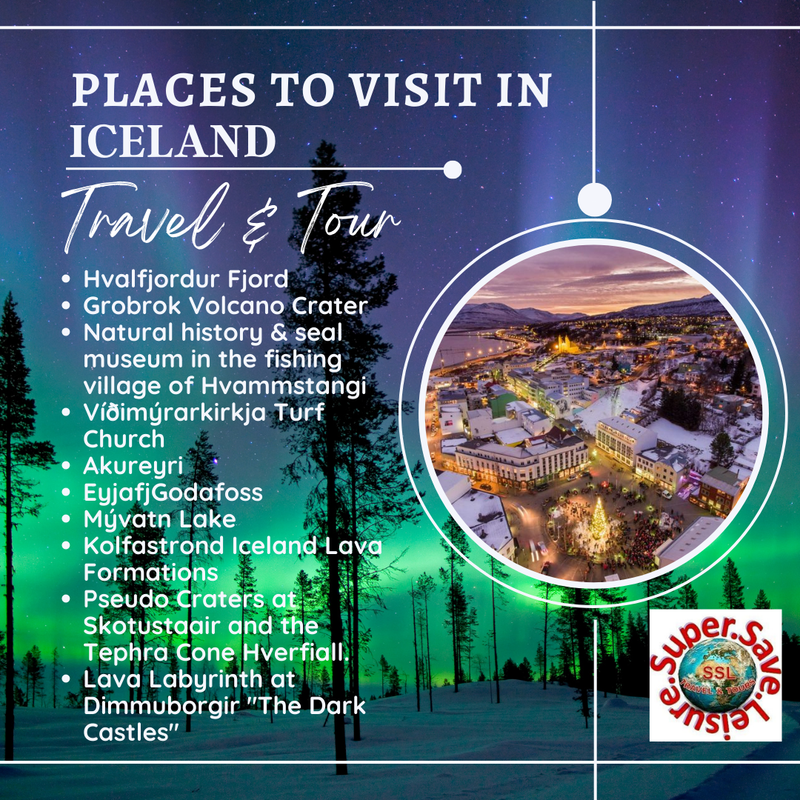
PLACES TO VISIT IN ICELAND:
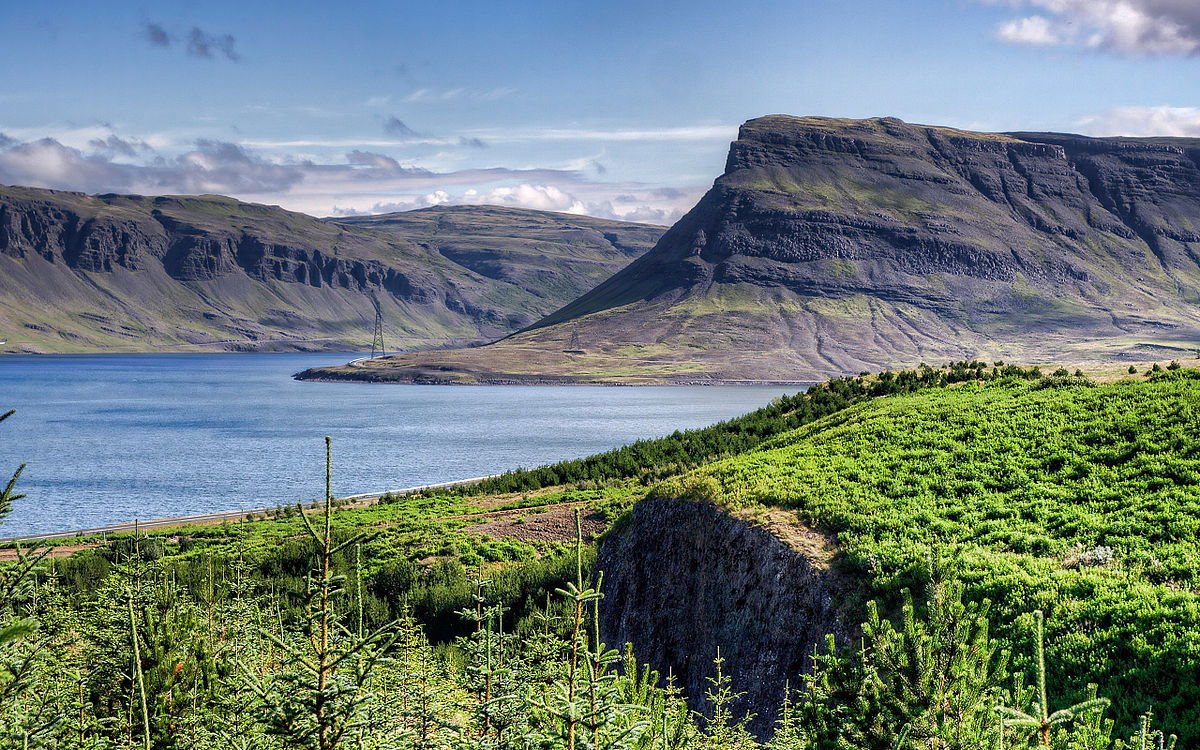
Hvalfjordur Fjord
Hvalfjordur Fjord (Whale Fjord) is called after an ancient Icelandic folktale about an angry, red-headed whale that plagued the west coast until it was enticed into a trap.
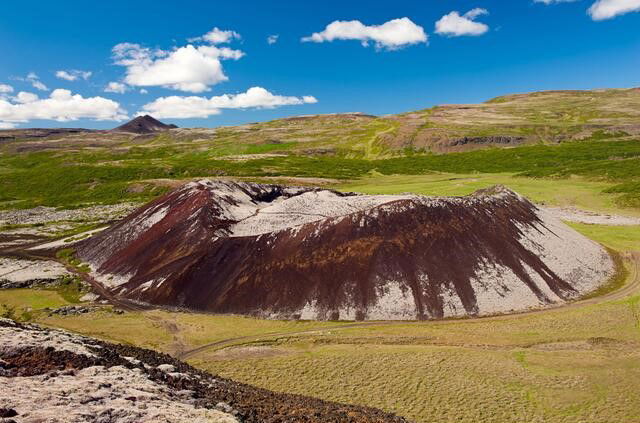
Grobrok Volcano Crater
Within the same volcanic fissure, Grábrók is the largest of three craters. The fissure is just about 7 kilometers (4,3 miles) long and 20 meters thick on average (66 feet). The lava blocked the river Norurá and drove it east up the valley during the last eruption. The lava, known as Grábrókarhraun, also blocked the valley, which became Lake Hreavatn as a result.

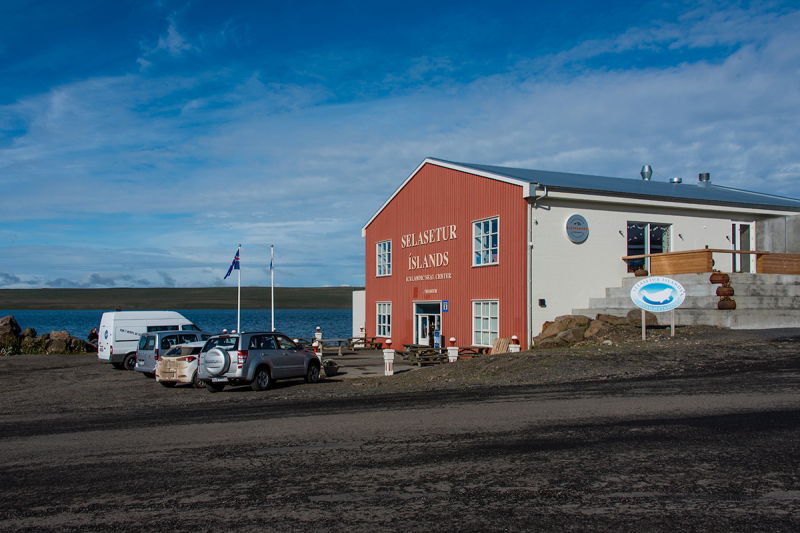
Natural history & seal museum in the fishing village of Hvammstangi
There are many reasons to stop at the pleasant village Hvammstangi in the Northern Region in Iceland. Located at the Vatnsnes Peninsula, it is a neighbor to some stunning natural wonders. Hvítserkur and Borgarvirki on the east side of Vatnsnes and many interesting seal colonies north of the village on the west side of Vatnsnes. The village became a certified trading post at the end of the 19th century. At that time, no one lived there. It wasn’t until the beginning of the 20th century that people started to build houses and move to the area around the trading post that a community began to form.
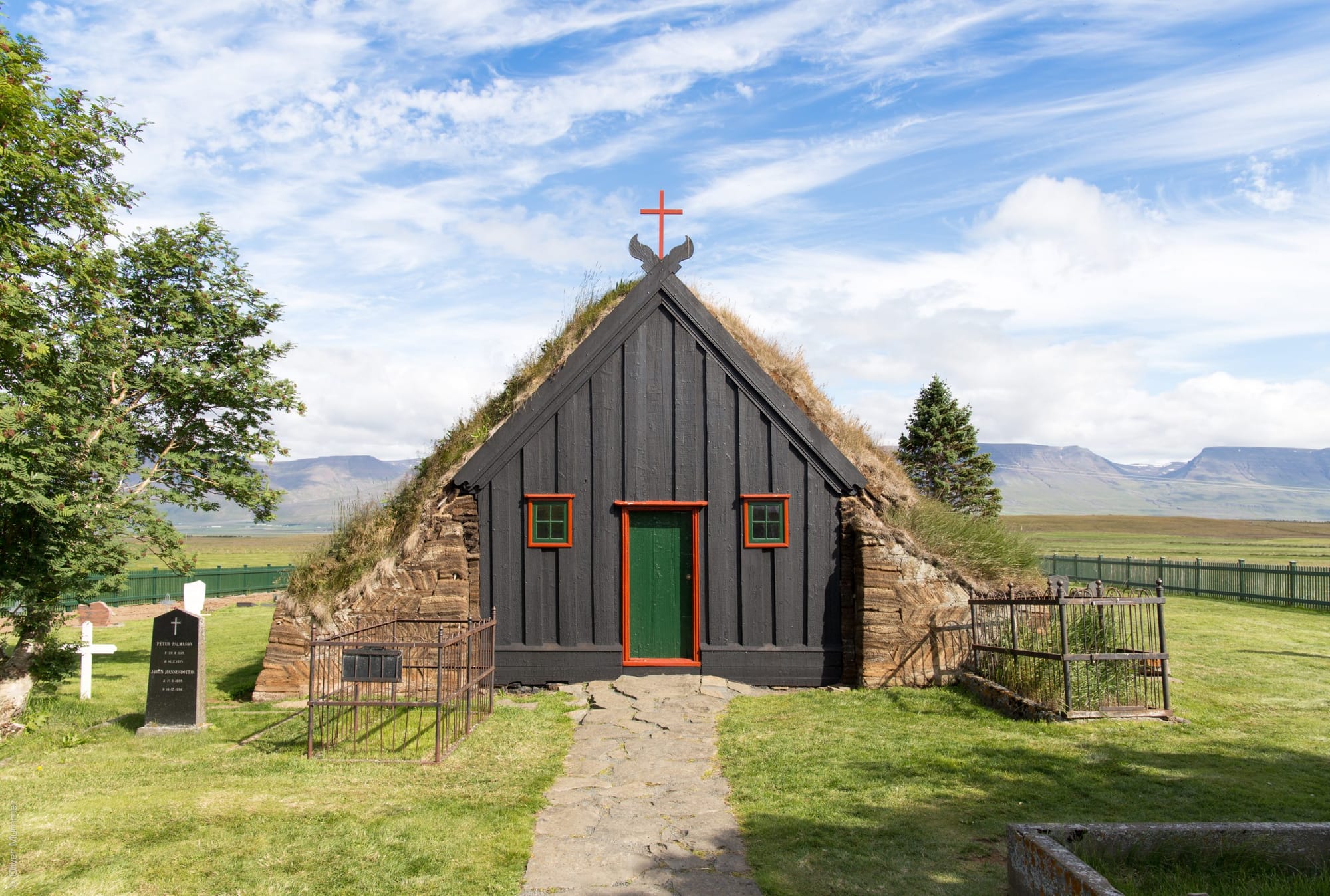
Víðimýrarkirkja Turf Church
A stunning old turf church named Vimrarkirkja church, hidden away near Skagafjörur in North-Iceland, is a true beauty. This turf church is one of the most clear-cut and magnificent vestiges of old Icelandic architecture.
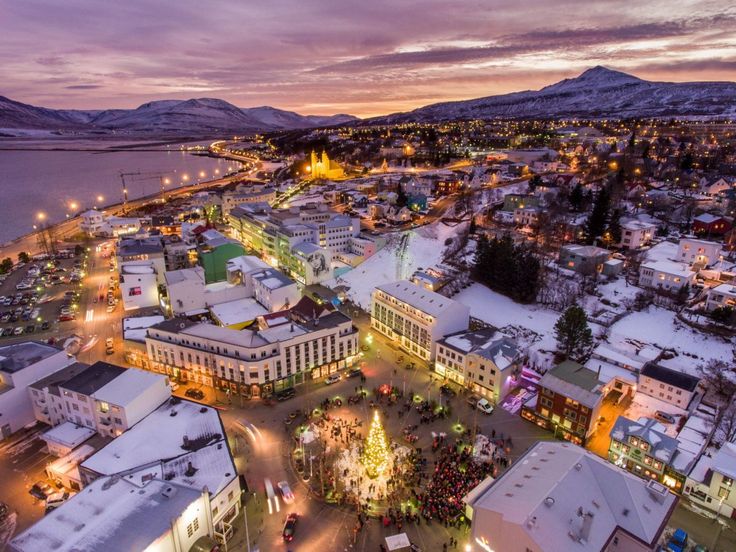
Akureyri
The main city of Iceland, Reykjavik, is approximately forty minutes from the country's only international airport, Keflavk. Given that Reykjavik is the pulsating heart of Icelandic culture and society, with more hotels, restaurants, bars, tour options, and cultural icons than any other city in the country, this makes sense.
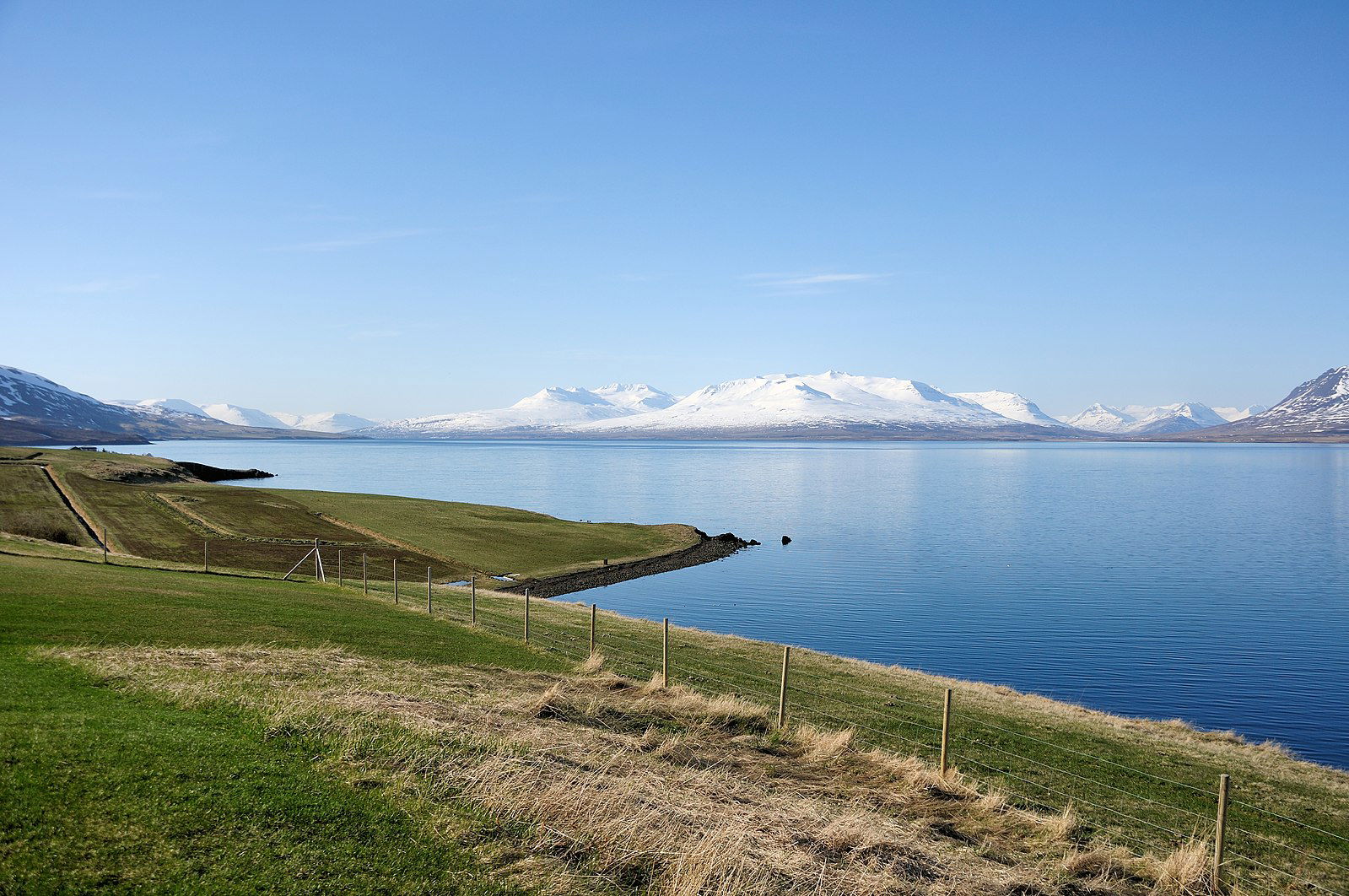
Eyjafjörur
Eyjafjörur enjoys even nicer weather than the rest of Iceland. Its fertile vegetation and strong agriculture demonstrate this. By Icelandic norms, a rather dense population pattern is also unusual. All services are within easy reach, yet the peace and quiet of the woods is not. There are many calm valleys and secluded areas where unspoilt Icelandic nature reveals its most beautiful hues and where nothing disturbs the peace except the singing of birds and the soft murmur of mountain brooks. Eyjafjörur is also rich in Icelandic culture and has an unbroken history dating back many centuries to the time when the first Viking immigrants arrived in Iceland over eleven hundred years ago.
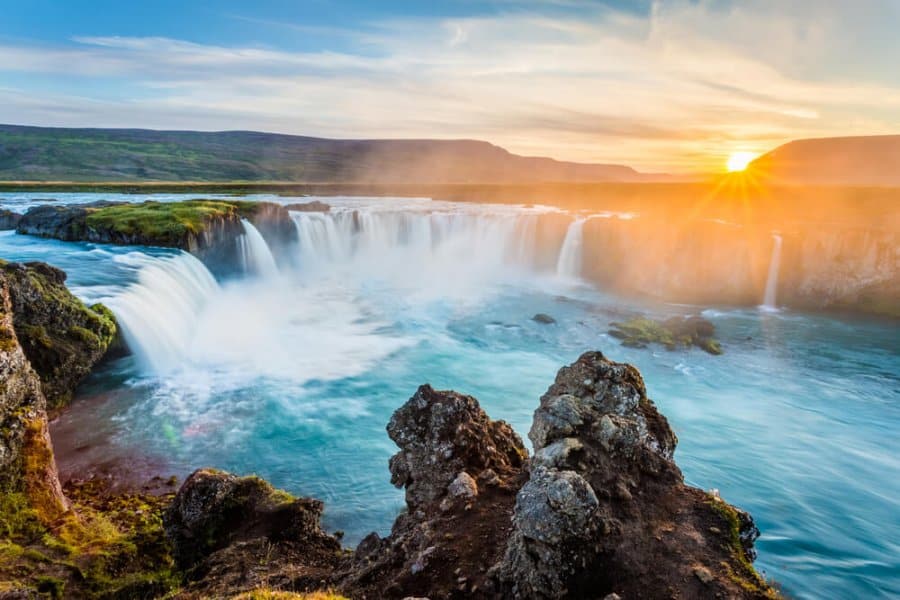
Godafoss
Godafoss is mentioned in the story of Thorgeir Thorkelsson, which is recorded in Ari Thorgilsson's Islendingabook from the early 12th century. When Christianity arrived in Iceland, it split the population; those who wanted to continue worshiping the ancient Norse gods refused to be baptized, and the kingdom was on the verge of civil war.
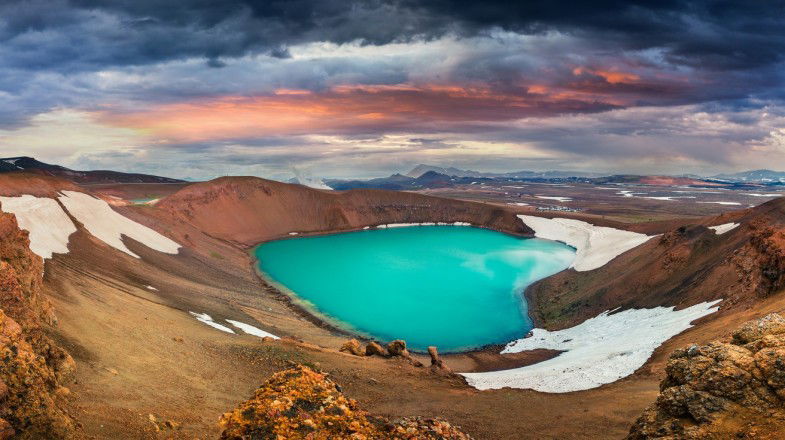
Mývatn Lake
The Mývatn area is one of the most interesting places to visit in Iceland, renowned for its amazing wonders of nature and rich birdlife.

Kolfastrond Iceland Lava Formations

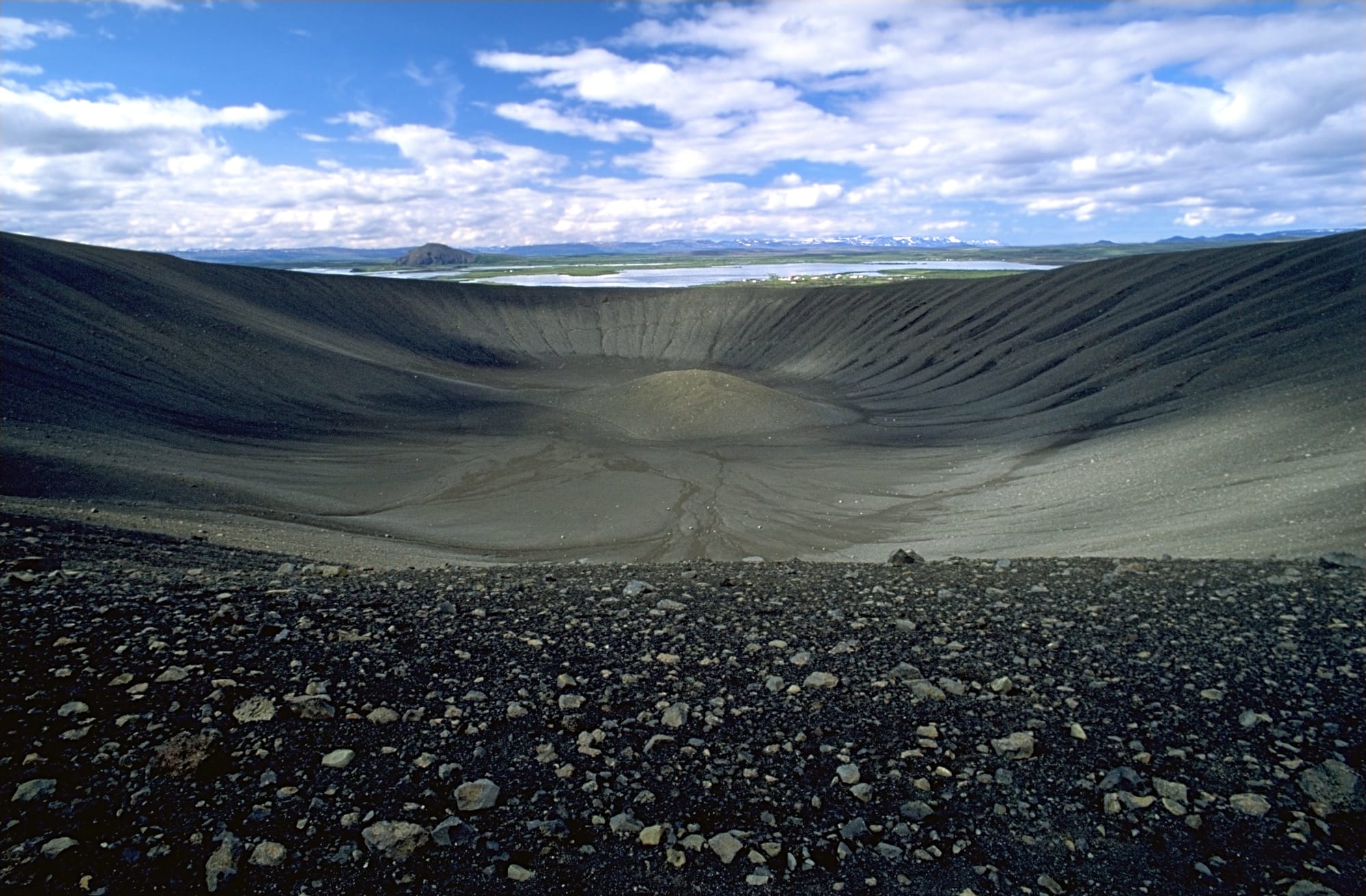 Pseudo Craters at Skotustaair and the Tephra Cone Hverfiall.
Pseudo Craters at Skotustaair and the Tephra Cone Hverfiall.
Pseudocraters are formed when lava flows over marshy ground, trapping water below it. The water heats and turns to steam. The steam escapes through vents, exploding and fragmenting the lava around them to form small craters. When a pot of porridge boils, a similar thing happens! At Skutustadir, on the south shore of Lake Myvatn, take a circular walk among the pseudocraters which are found in groups, unlike real craters which form rows along a fissure.

Lava Labyrinth at Dimmuborgir "The Dark Castles"
Dimmuborgir is a jagged lava field east of the Mývatn area packed with sky-high rock pillars and lava caves. The dramatic expanse formed in a volcanic eruption 2300 years ago. Today it stands still creating an opportunity for moss and other durable vegetation to flourish. Some of the caves in the area are large enough to fit several humans which is where the name comes from, Tiny Dark Castles. The area is located right off the famous Ring Road so it is an easy stop to add to your adventure in Iceland.
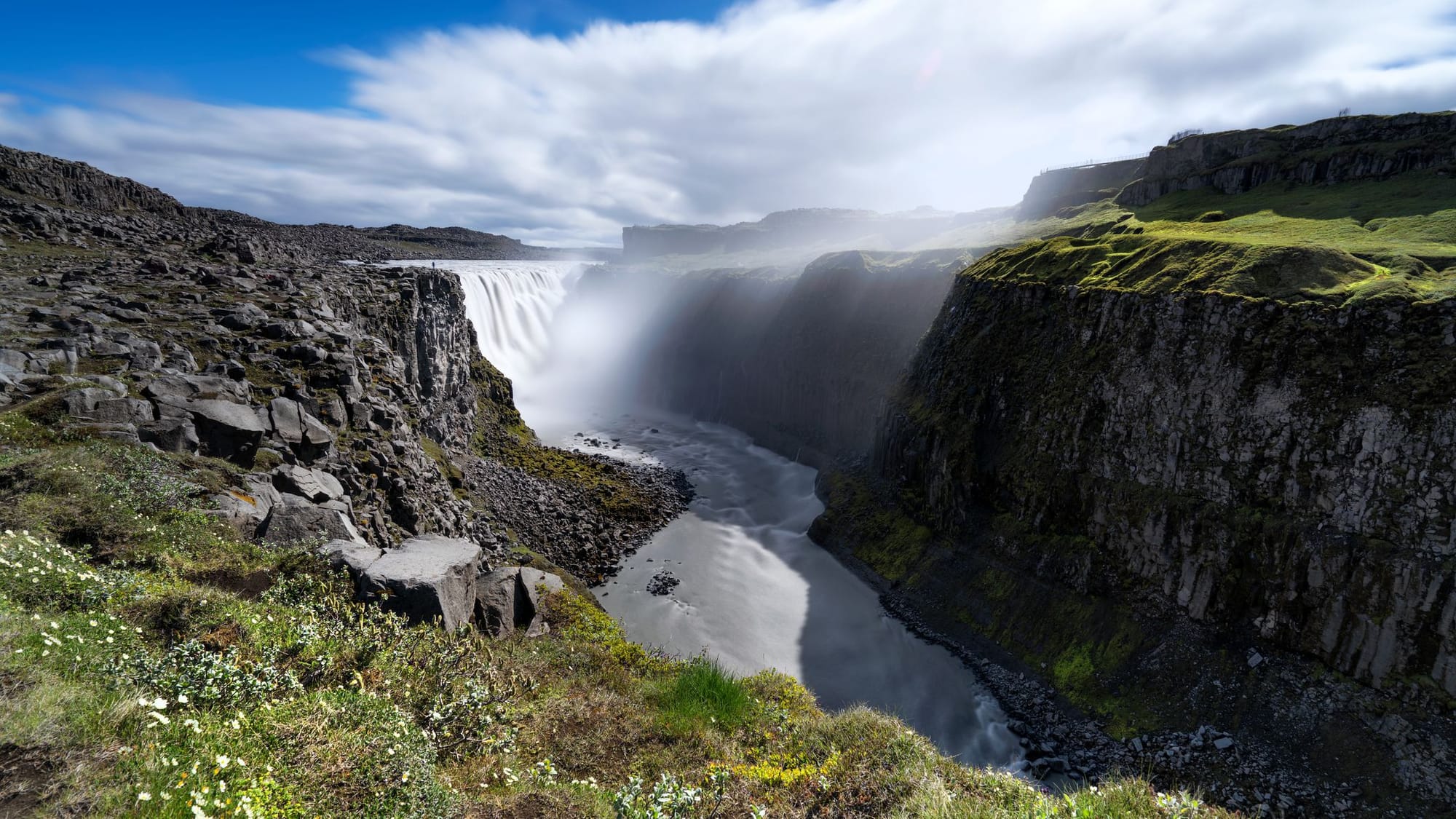
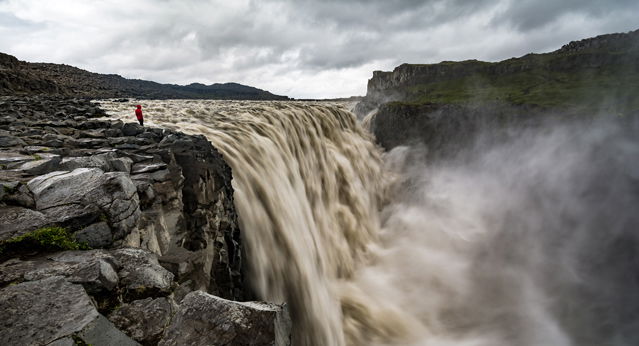
Powerful Waterfall Dettifoss Iceland
Dettifoss, Europe's most powerful waterfall, is 100 meters wide and is without a doubt Iceland's most magnificent cascade.
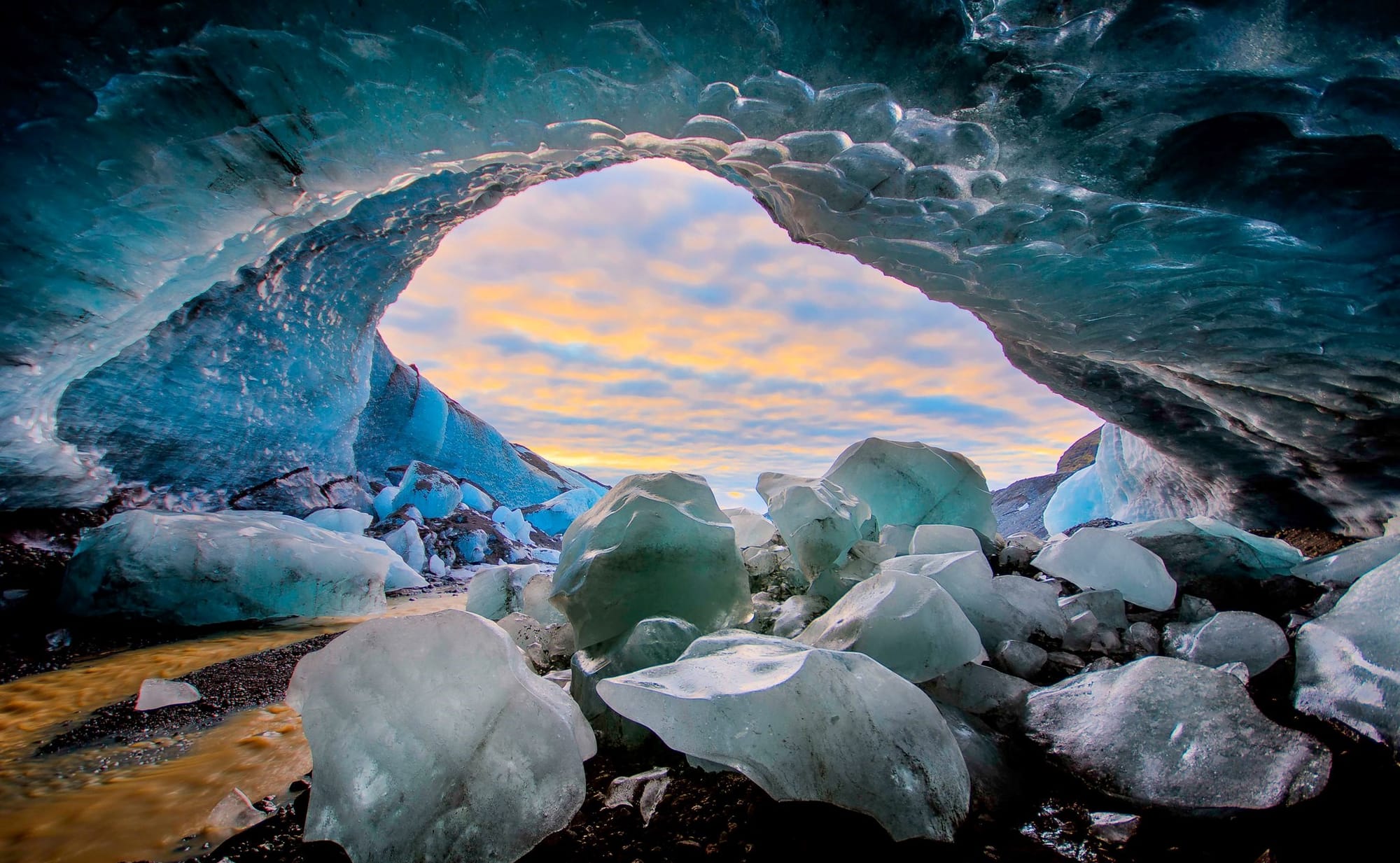
Vatnajökull Glacier
The Vatnajökull glacier in Iceland is Europe's largest ice cap. It is around 8100 sq. ft. in size. km and 8300 sq. It stretches for kilometers and is around 1000 meters thick at its thickest point. Vatnajokull's average thickness is 400-500 meters, and its total ice volume is estimated to be around 3300 cubic kilometers.
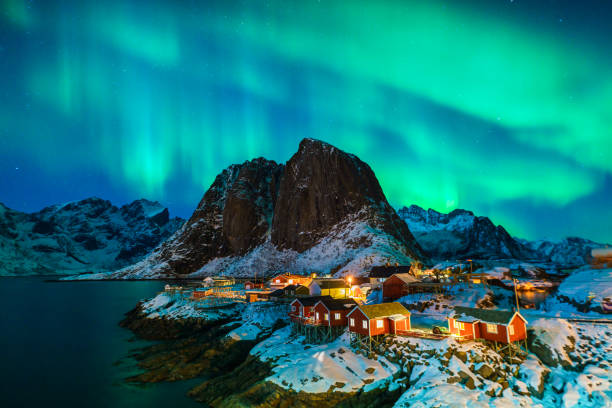
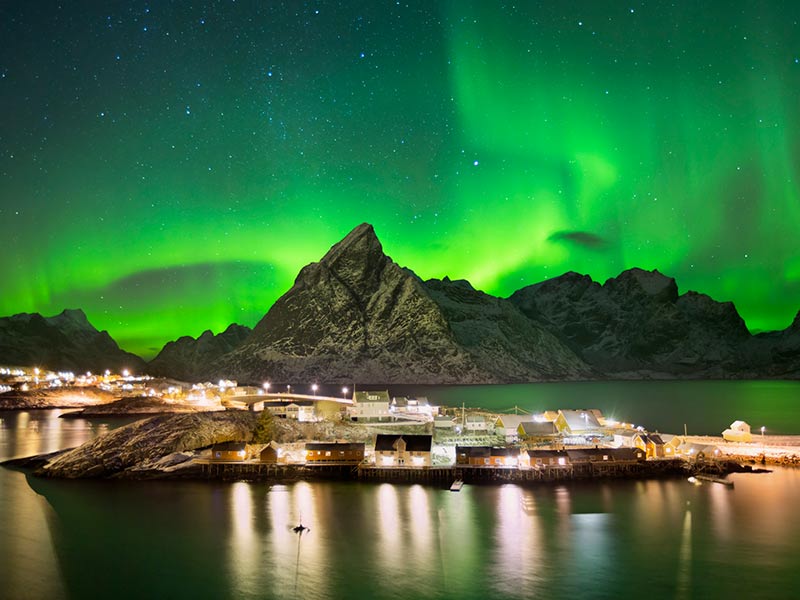

Aurora Borealis (Northern Light)
The Northern Lights, also known as Aurora Borealis or Norurljós in Icelandic, are one of the most stunning natural phenomena on the planet. The Northern lights are reported to be most active around the equinoxes in September and March, but the possibilities also grow in the middle of the winter as the darkness increases, giving you a broader window each day to see them.

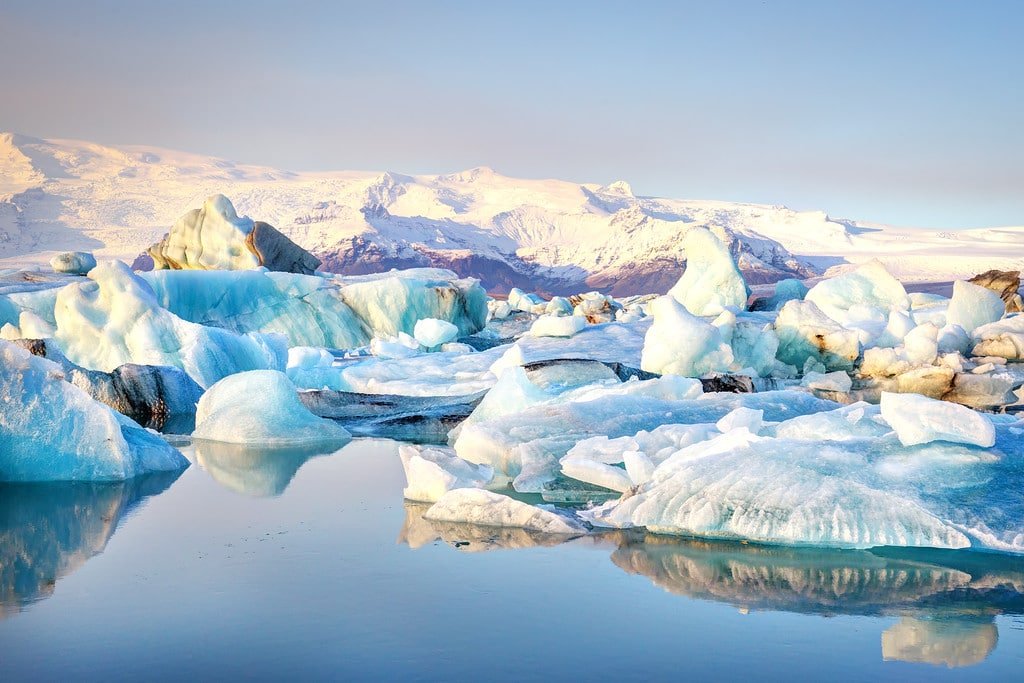
Jökulsárlón Glacier Lagoon
Jökulsárlón is the most well-known glacial lagoon in Iceland. It is a popular stop for travelers traveling down the South Coast or around the country's Ring Road because it is conveniently placed in the southeast via Route 1, about midway between the Skaftafell Nature Reserve and Höfn.
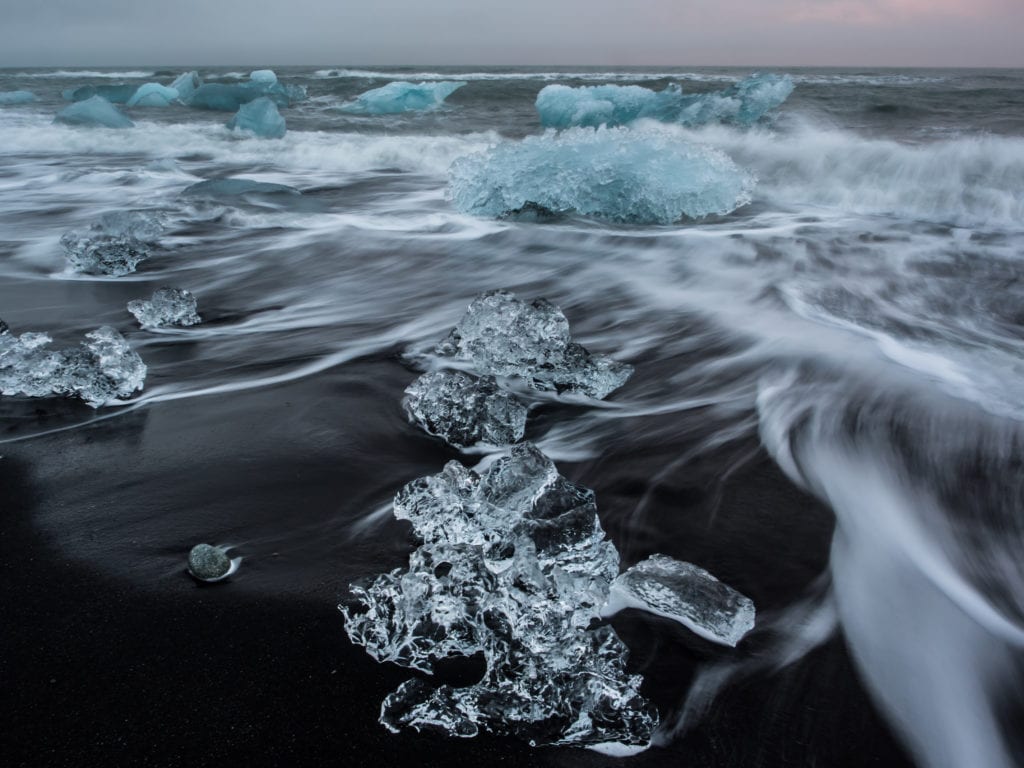
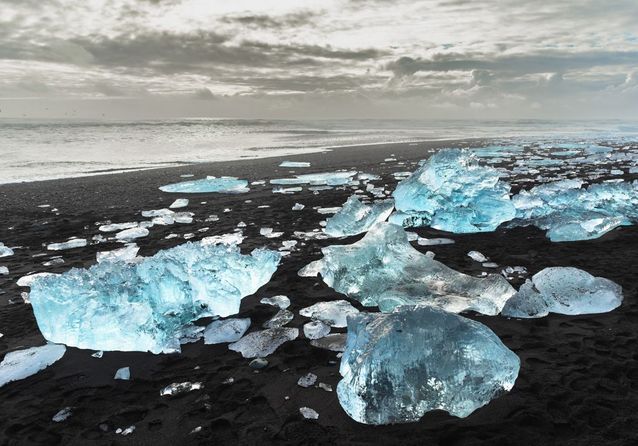
Diamond Beach
Diamond Beach is unique in that it is a year-round phenomena. Because the ice in the lagoon and glacier is continually breaking away into the sea, new ice diamonds are constantly washing up on the shore. Diamond Beach is around 370 kilometers from Reykjavik and 80 kilometers from Höfn, close across the Jökulsárlón Glacier Lagoon.
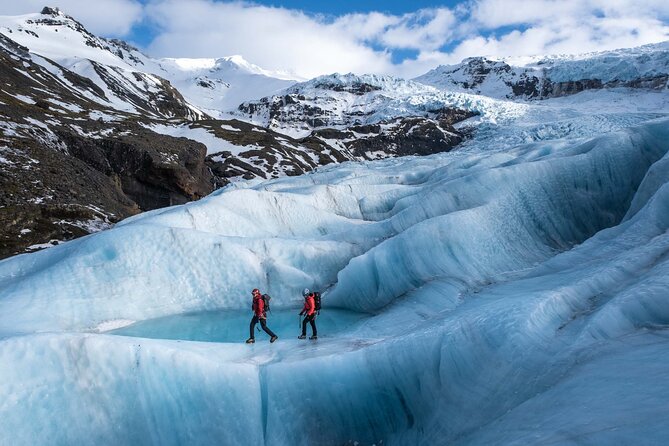
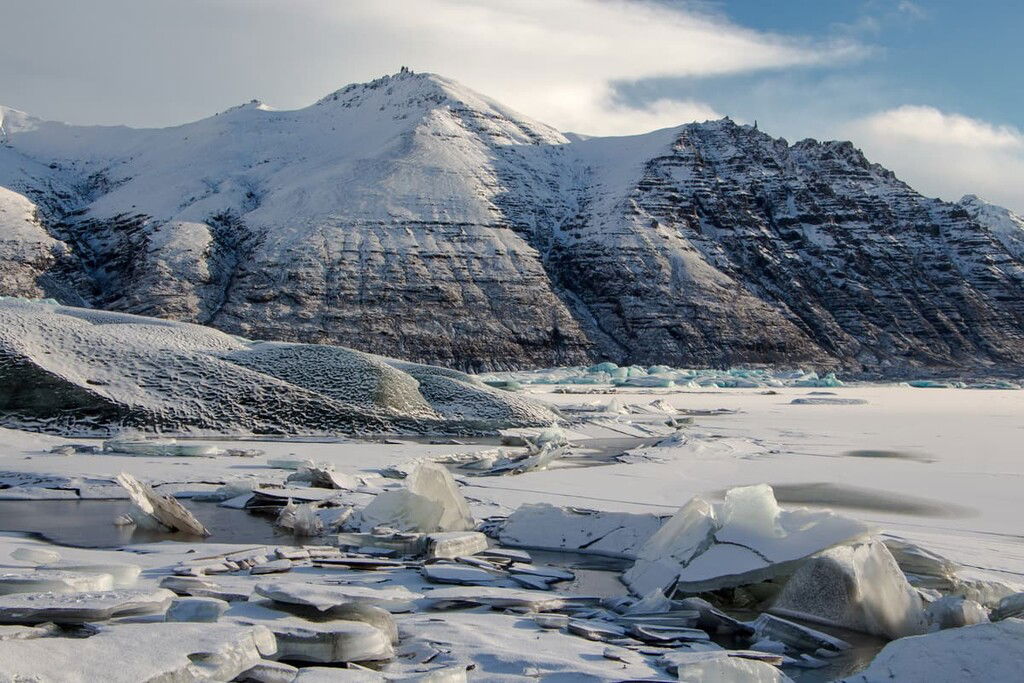
Vatnajökull Glacier National Park
Vatnajökull Glacier National Park is Europe's second largest national park, and it will probably certainly be designated as a UNESCO World Heritage Site in the near future. The huge Vatnajökull Glacier dominates the park, which also contains several waterfalls, volcanoes, mountains, glacier lagoons, and glacial rivers. Vatnajökull is the one spot you must visit if you want to understand why Iceland is known as the "Land of Fire and Ice."
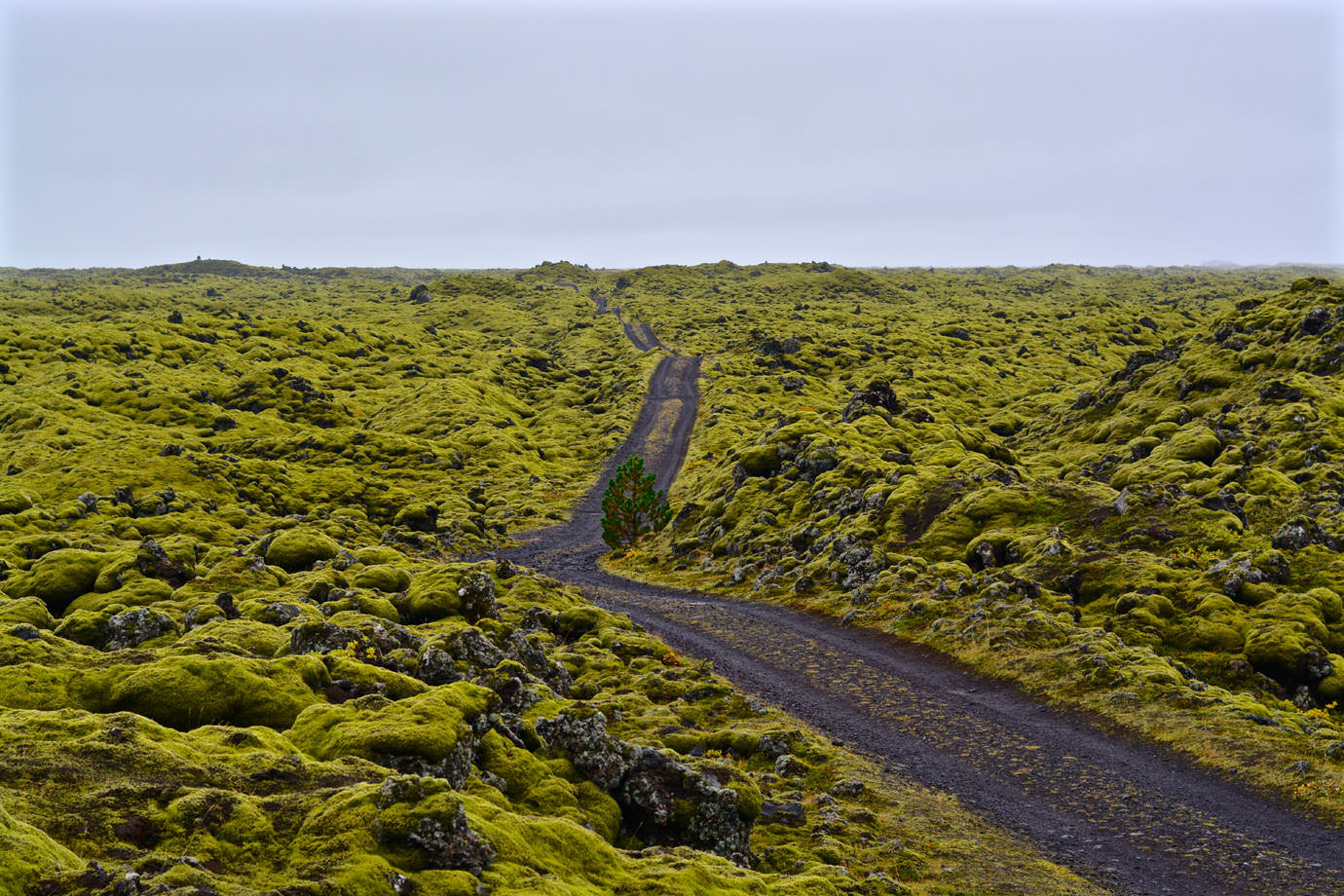

Eldhraun Lava Field Iceland
The spectacular Eldhraun lava field is the world's largest lava flow. Eldhraun, located on Iceland's south coast, is the world's largest lava flow. The location, which covers 565 square kilometers, is historic and geologically significant, as well as a wonderful place to see Icelandic flora and fauna.

Reynisfjara
Reynisfjara is a world-famous black-sand beach on Iceland's south coast, close to the little fishing community of Vk Mrdal. Reynisfjara is often regarded as the most spectacular example of Iceland's black sand beaches, with its massive basalt stacks, raging Atlantic waves, and breathtaking views. Reynisfjara was named one of the Top 10 non-tropical beaches to visit by National Geographic in 1991.
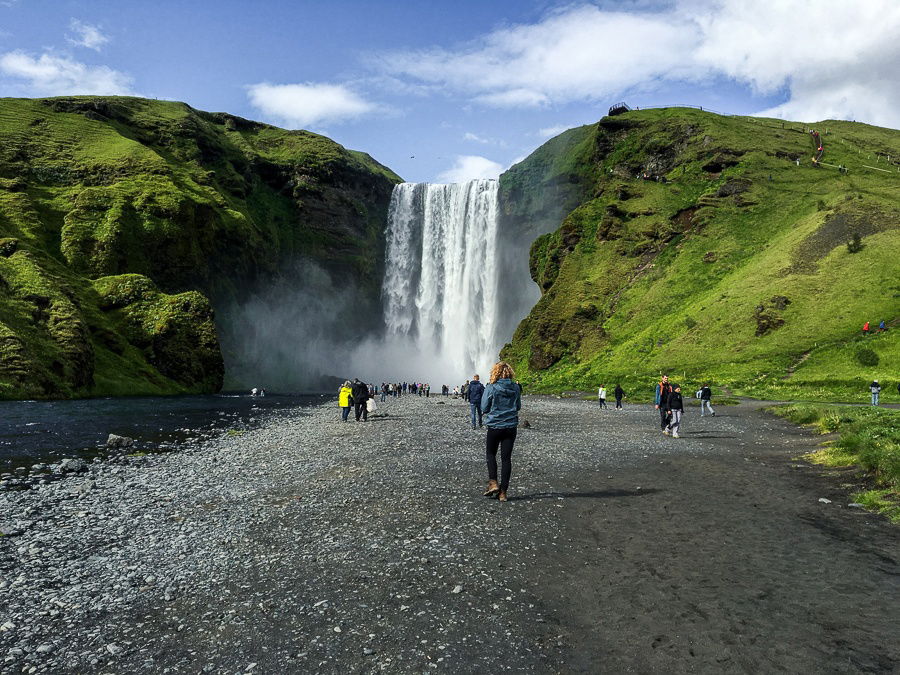
Skogafoss
Skogafoss is a waterfall located in the south of Iceland, on the former coastline's cliffs. The previous sea cliffs remained after the coastline moved seaward (it is currently around 5 kilometers (3.1 miles) from Skogar settlement). Skogafoss is unique in that it originates from two glaciers: Eyjafjallajokull and Myrdalsjokull.
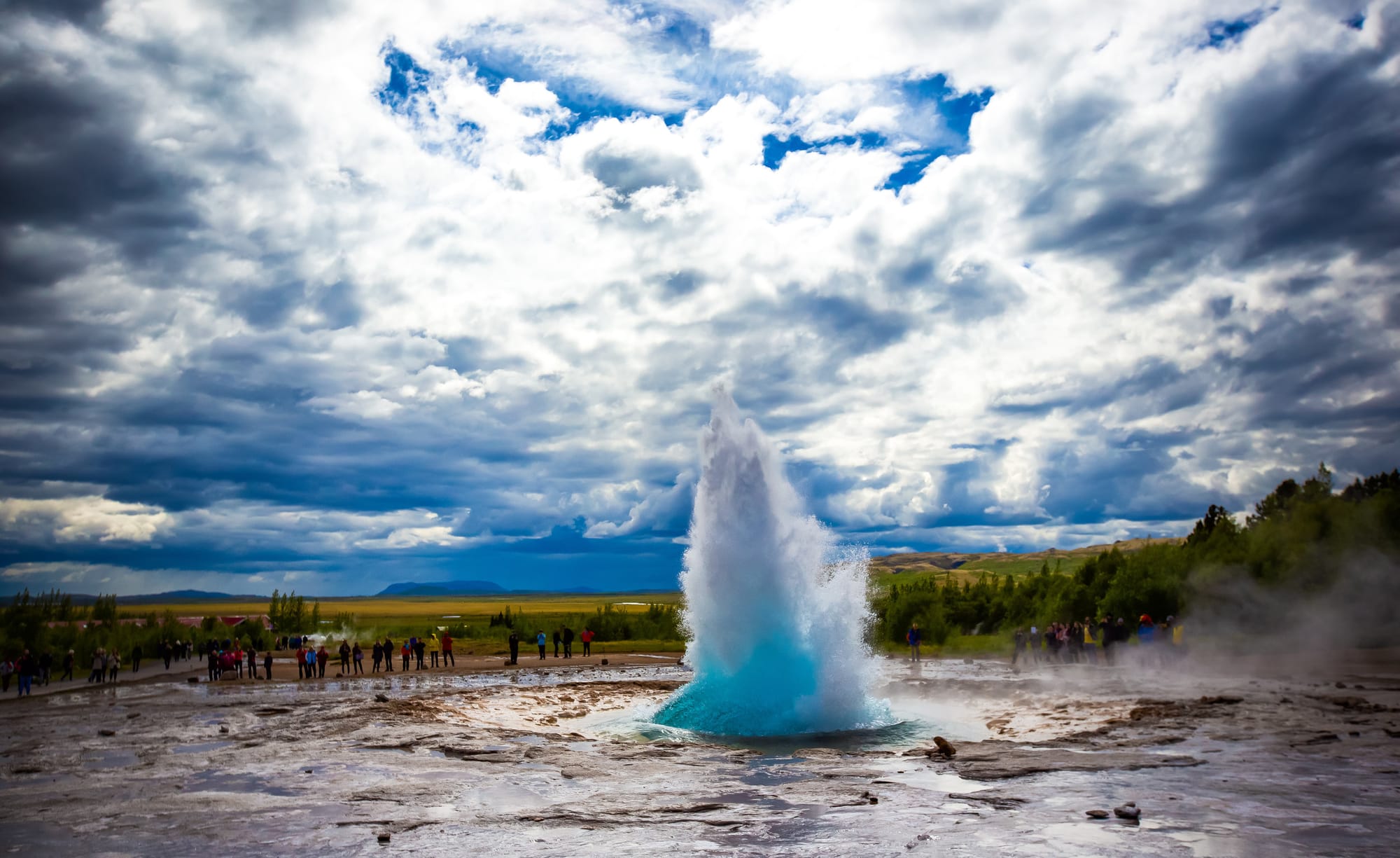

Geysir Geothermal Fields Iceland
On the Golden Circle, which usually comprises ingvellir national park, Geysir geothermal area, and Gullfoss waterfall, the Geysir geothermal area is a major attraction.
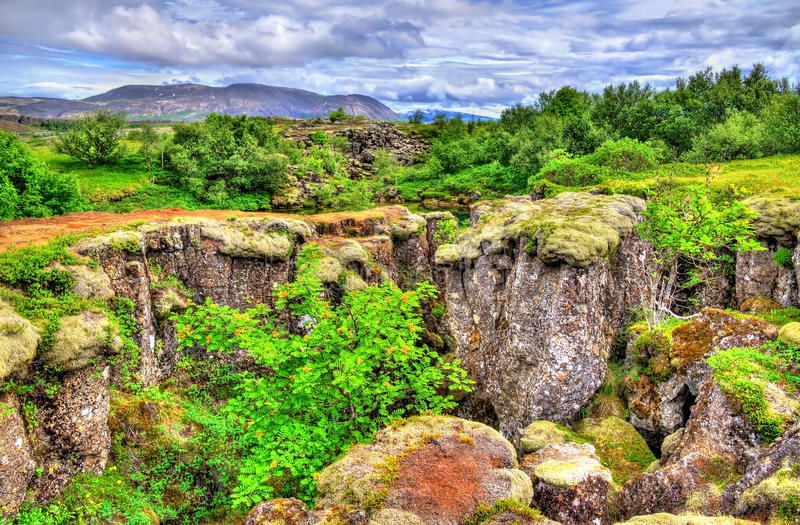
The National Park of Thingvellir
The National Park of ingvellir (Thingvellir) is where the Althing, an open-air assembly representing all of Iceland, was founded in 930 and met until 1798. The assembly met twice a year for two weeks to pass rules and settle disputes, which were viewed as a covenant between free men. For Icelanders, the Althing has significant historical and symbolic significance. The site comprises the ingvellir National Park as well as the Althing's ruins, which consist of roughly 50 grass and stone booths. It's thought that remains from the 10th century are buried underneath. Agricultural relics from the 18th and 19th centuries can also be found on the site. The park demonstrates how the terrain has been cared for over 1,000 years.
